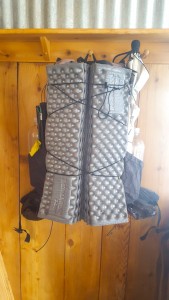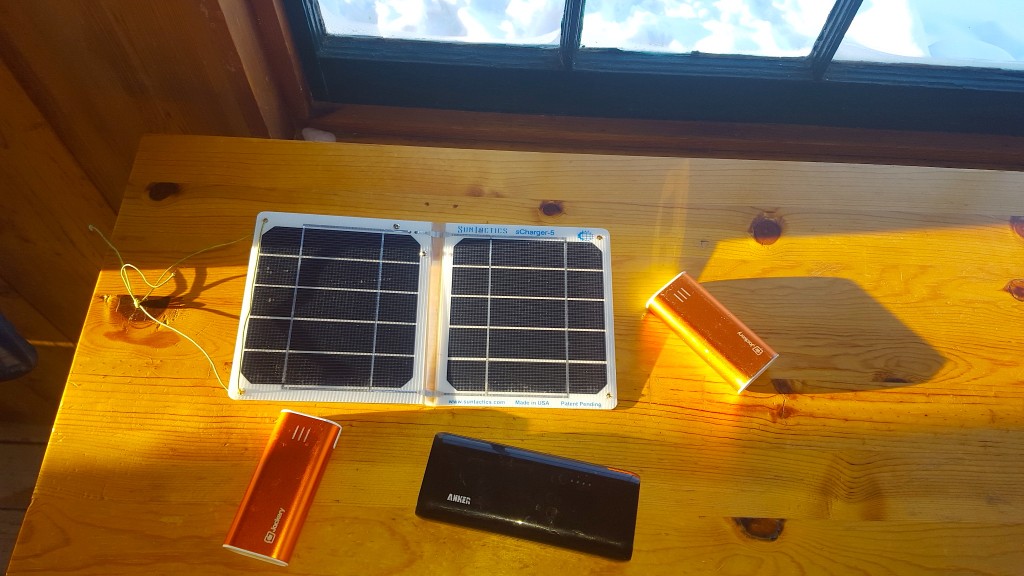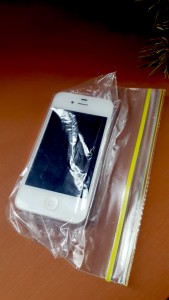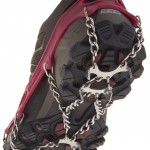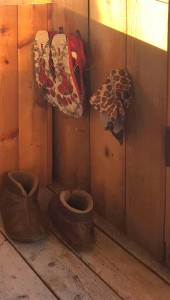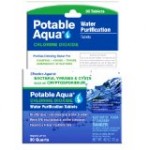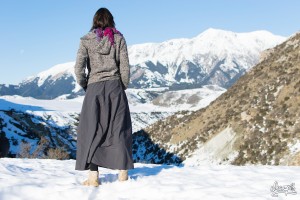
So why did people start wearing underwear? Probably to keep their pants clean. And why did they start wearing pants? Probably to cut down on chafing when they rode horses.* And why did women start squatting to pee? ‘Cause they were wearing underwear and pants. So if you’re not riding a horse you might find your life improved without either.
I’ve been exclusively wearing a Macabi hiking skirt for years now. On trail and off, year ’round. I don’t own a pair of pants or a pair of underwear.
The number one advantage of wearing a skirt is doing away with underwear and being able to pee standing up without having to remove your pack—-this is no small life improvement.
If you are a man you probably have mastered peeing standing up. If you are a woman you may need a little trial and error to learn what works best for you.
Here is one technique to get you started: Wide stance, with one hand grab the back of your skirt and pull it away from your body, with the other hand pull up the front of your skirt, grab your pubis and with a finger on either side of your urethra, pull up so that your urethra is pointing in the right direction and is freed from the folds. Pee. Blot dry with the hem of your skirt, continue hiking. (For some reason my skirt doesn’t smell like pee.)
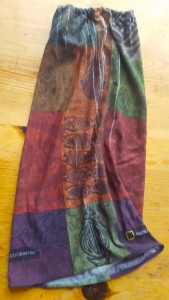 One problem you may encounter is thigh chafing when it gets hot. I solved this problem by taking a Summer Buff, sewing a little pocket around the top to push through a band of elastic, and wearing it on one of my thighs. Monistat Soothing Care Chafing Relief Powder-Gel also works well but you have to keep reapplying it. I have never tried this but these thigh chafing bands might work.
One problem you may encounter is thigh chafing when it gets hot. I solved this problem by taking a Summer Buff, sewing a little pocket around the top to push through a band of elastic, and wearing it on one of my thighs. Monistat Soothing Care Chafing Relief Powder-Gel also works well but you have to keep reapplying it. I have never tried this but these thigh chafing bands might work.
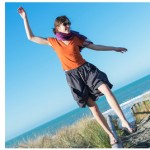
With the Macabi skirt you can wear it long or snap it up for a knee-length skirt. You can also turn it in to pants or shorts but I never do that. I usually hike with it snapped up.
When it rains, I wear the skirt snapped up and a trash bag rain skirt over it.
It has huge self draining pockets so you can swim in it. It also as a zippered pocket which is where I carry my money and cards— So they are always with me and secure.
The skirt is for both men and women– it looks very good on men.
I met a woman in Sierras who would take off her top, pull her skirt under her armpits, and wear it like a dress to modestly clean herself on the trail.
* I didn’t research this or anything—just some info I pulled out of the atmosphere.
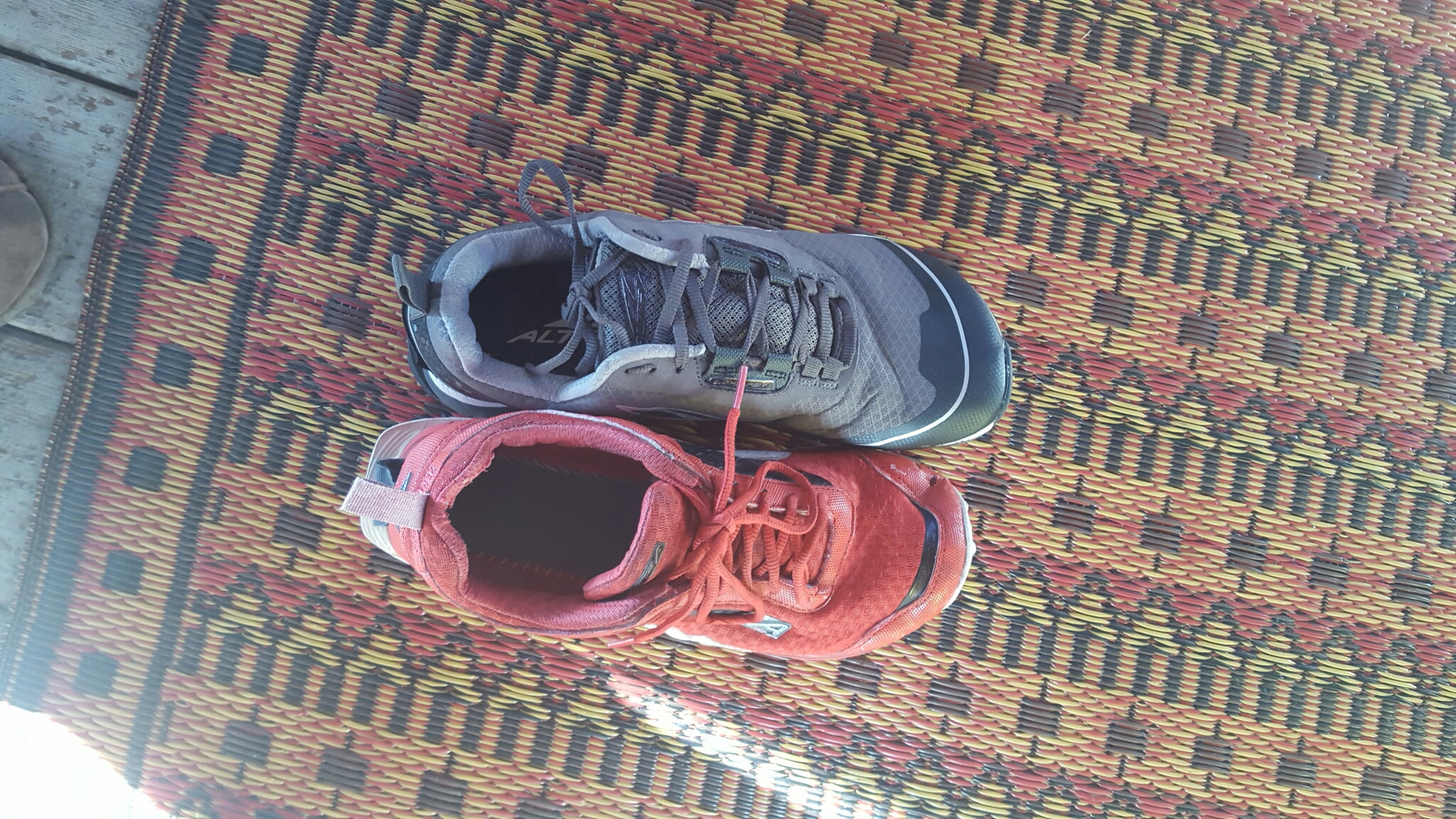
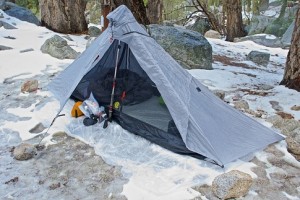
 In Colorado, I would use it as a rain poncho in monsoons and then, when I got smart, would quickly set it up as a tarp, crawl inside and take a nap till the monsoon was over.
In Colorado, I would use it as a rain poncho in monsoons and then, when I got smart, would quickly set it up as a tarp, crawl inside and take a nap till the monsoon was over. 
 A mosquito net is the worlds best invention—why would anyone not carry one? Whenever I watch survival shows where they can only bring a few items, no one ever brings a mosquito net, but that is the first item I would add.
A mosquito net is the worlds best invention—why would anyone not carry one? Whenever I watch survival shows where they can only bring a few items, no one ever brings a mosquito net, but that is the first item I would add.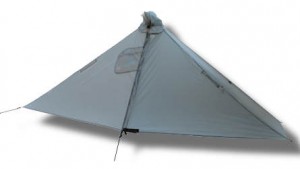 It blocks the wind nicely. No where does the net tent touch the walls of the cape, so, no waking up wet from condensation. There is a big
It blocks the wind nicely. No where does the net tent touch the walls of the cape, so, no waking up wet from condensation. There is a big 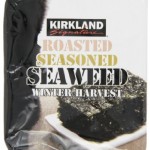 I discovered
I discovered 
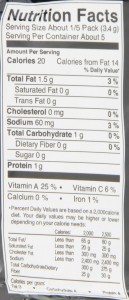 The packaging is quite bulky; I emptied them all into a baggie and threw away the packaging.
The packaging is quite bulky; I emptied them all into a baggie and threw away the packaging.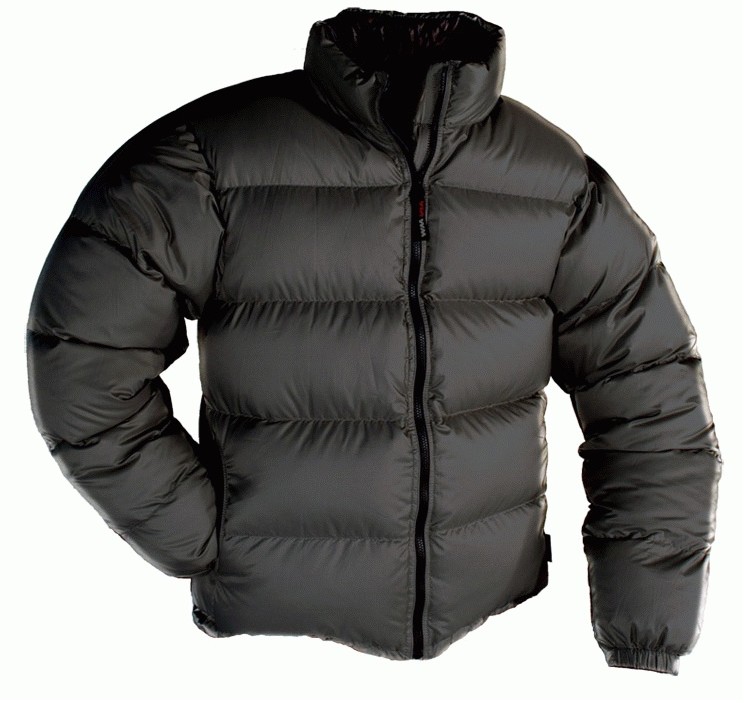 I’m in a motel room in Idyllwild. Even though it’s late May in Southern California, winter is never far away when playing in the mountains and its freezing in the San Jacinto’s and I don’t want to leave the warmth of the motel room so I talk myself in to staying another night.
I’m in a motel room in Idyllwild. Even though it’s late May in Southern California, winter is never far away when playing in the mountains and its freezing in the San Jacinto’s and I don’t want to leave the warmth of the motel room so I talk myself in to staying another night.